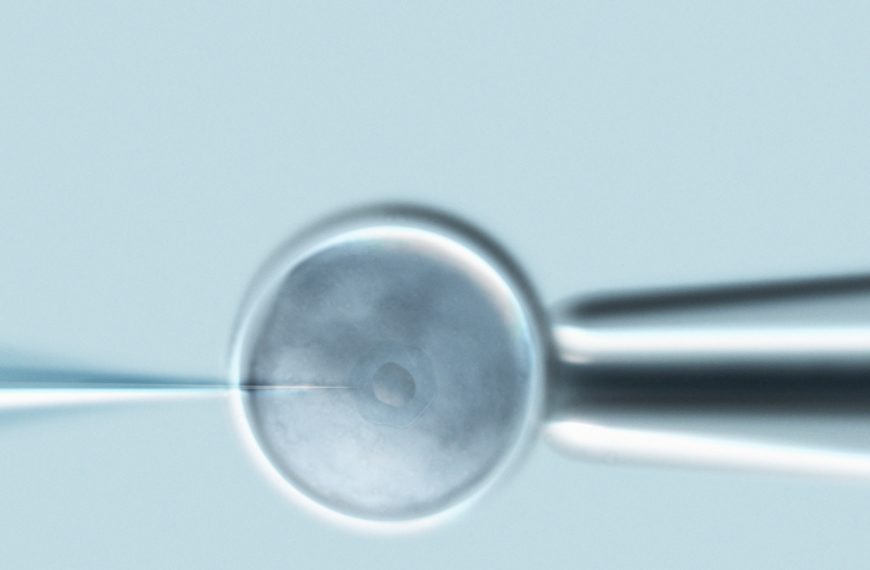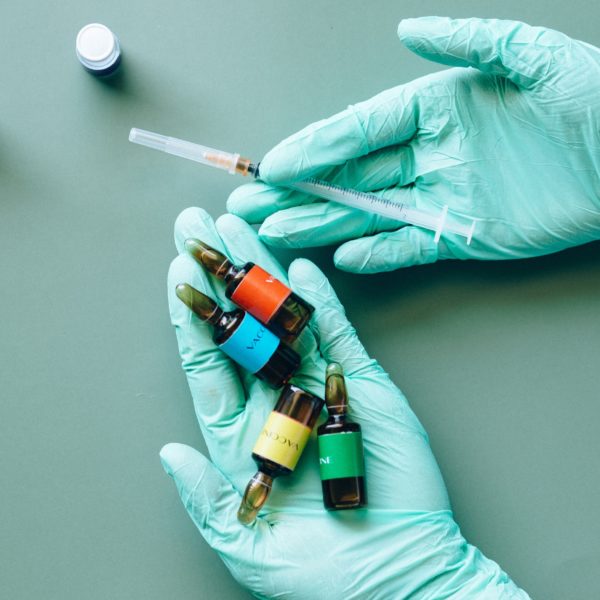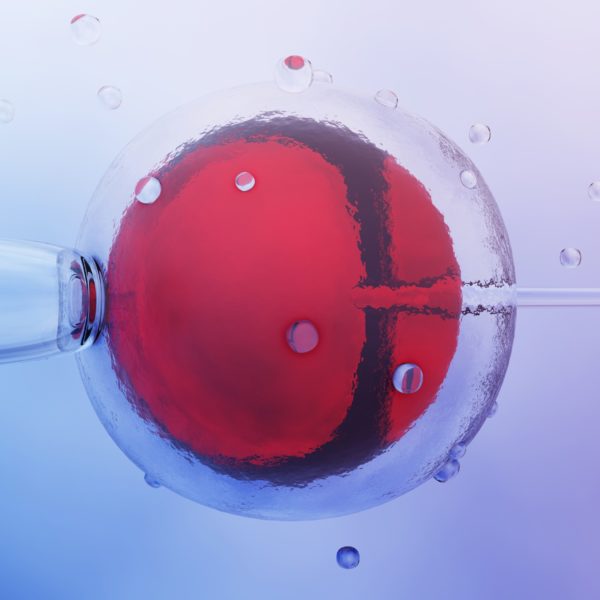When a couple is unable to conceive after a year of trying, it may be necessary to resort to assisted reproduction treatments. There are several options available, varying in complexity and effectiveness, and chosen based on several factors such as the cause of infertility, age, and the overall health of both partners. In this article, we will explore the low-complexity and high-complexity techniques used to help couples fulfil their dream of becoming parents.
Table of contents
1. Choosing the right technique
Choosing the right treatment is based on an assessment of various factors: the degree of infertility of both partners, their age, the underlying cause of infertility, and their overall health. A fertility specialist may suggest a combination of techniques to improve the chances of success, such as IVF with pre-implantation genetic diagnosis (PGD) and embryo vitrification.
📌 Not sure where to start?
At Rainbow Fertility Barcelona, we help you find the treatment that best suits your case. Check out all our treatments here.
2. Low-complexity techniques
Low-complexity techniques are less invasive, low-cost and do not require surgery. They are ideal for couples with mild infertility and do not pose any significant risks to the patient.
3. Artificial insemination (AI)
Artificial insemination (AI) is one of the most common and simplest options for treating infertility. It involves introducing sperm directly into the female reproductive system to facilitate fertilisation. There are several forms of AI, the most common being intrauterine insemination.
Process:
- The woman’s ovarian cycle is stimulated with medication.
- Ovulation is monitored by ultrasound and hormone tests.
- Once the woman is ready, the semen (from the partner or a donor) is introduced into the uterus.
AI does not require anaesthesia and is a painless procedure.
More information: Artificial insemination: how it works and what results to expect
3.1 Fertility preservation
Fertility preservation is an important option for those who wish to postpone parenthood for various reasons, such as cancer treatment or simply personal choice. It involves freezing eggs or sperm to preserve them for later use when the decision to have children is made.
Process:
- In women, the eggs are stimulated and extracted from the ovaries, then frozen.
- In men, a semen sample is taken, frozen and stored for future use.
More information: Fertility preservation: options and when to do it
4. Highly complex techniques
Highly complex techniques involve the use of advanced technologies and highly specialised personnel. These procedures are more expensive and generally have higher success rates, but also carry more risks.
4.1 In vitro fertilisation (IVF)
In vitro fertilisation is a technique in which a woman’s eggs are fertilised with sperm in a laboratory. The resulting embryos are then transferred to the uterus for development.
Process:
- Ovarian stimulation: Hormones are administered to stimulate the ovaries and obtain several mature eggs.
- Egg retrieval: The eggs are retrieved from the ovaries by follicular puncture.
- Fertilisation: The eggs are fertilised with the sperm.
- Embryo transfer: The most viable embryos are selected and transferred to the uterus.
More information: In Vitro Fertilisation: everything you need to know
4.2 Intracytoplasmic Sperm Injection (ICSI)
ICSI is an advanced variation of IVF, particularly recommended in cases of male infertility. It involves the direct injection of a single sperm into the egg, which increases the chances of fertilisation in cases of poor sperm quality.
More information: Intracytoplasmic Sperm Injection (ICSI)
4.3 Embryo Transfer
After IVF or ICSI, the embryos obtained must be transferred to the uterus to initiate pregnancy. This technique is the final step in in vitro fertilisation treatments.
Process:
- Embryo selection: The embryos with the highest probability of success are chosen.
- Transfer to the uterus: A catheter is used to insert the embryos into the woman’s uterus.
More information: How many embryos should be transferred in IVF?
4.4 Preimplantation Genetic Diagnosis (PGD)
PGD allows embryos with possible genetic abnormalities to be identified before transfer. This technique is used to prevent certain genetic diseases from being passed on to the child.
This technique can make all the difference if you have had previous failures or have a genetic history. Learn more about PGD and when it is recommended.
5. Frequently asked questions about artificial insemination
What fertility treatments are recommended for single women?
In this case, artificial insemination with donor sperm is usually the most appropriate option, although if there are abnormalities in the tests, in vitro fertilisation may be considered.
What is the most suitable treatment for twins?
The probability of twins increases when more than one embryo is transferred.
Which assisted reproduction treatment should you choose?
The choice of the most appropriate treatment depends on several factors, including the age of the woman, the type of infertility and the health conditions of both partners. To determine the ideal treatment, it is important to conduct a thorough analysis of the case with a specialist.
Do you have any questions?
At Rainbow Fertility, we specialise in treatments such as egg donation, in vitro fertilisation and artificial insemination, among others.
6. Authors and contributors
This article was written by the medical team specialising in fertility at RainbowFertilityBarcelona.com, which is made up of gynaecologists, embryologists and assisted reproduction specialists.
Do you have any questions or need more information?
Schedule a consultation with us at Rainbow Fertility and discover how we can help you. At Rainbow Fertility, we specialise in treatments such as egg donation, in vitro fertilisation and artificial insemination, among others.
Please do not hesitate to contact our professionals at our fertility clinic and they will answer all your questions without obligation.
🌈 Are you ready to take the first step?
At Rainbow Fertility, we accompany you throughout the process with empathy, experience and medical commitment.
Schedule your appointment with us and start your journey towards fertility.















